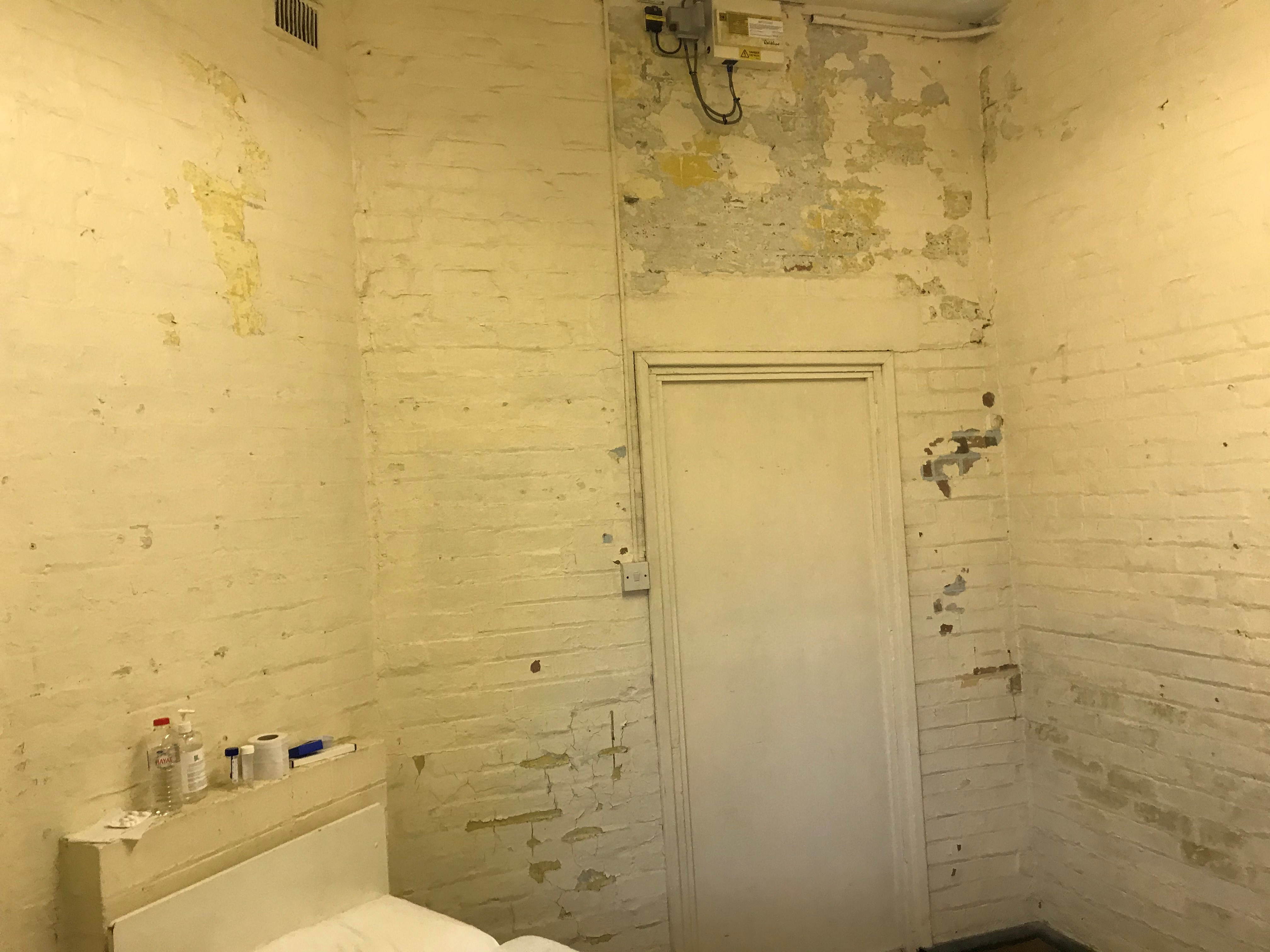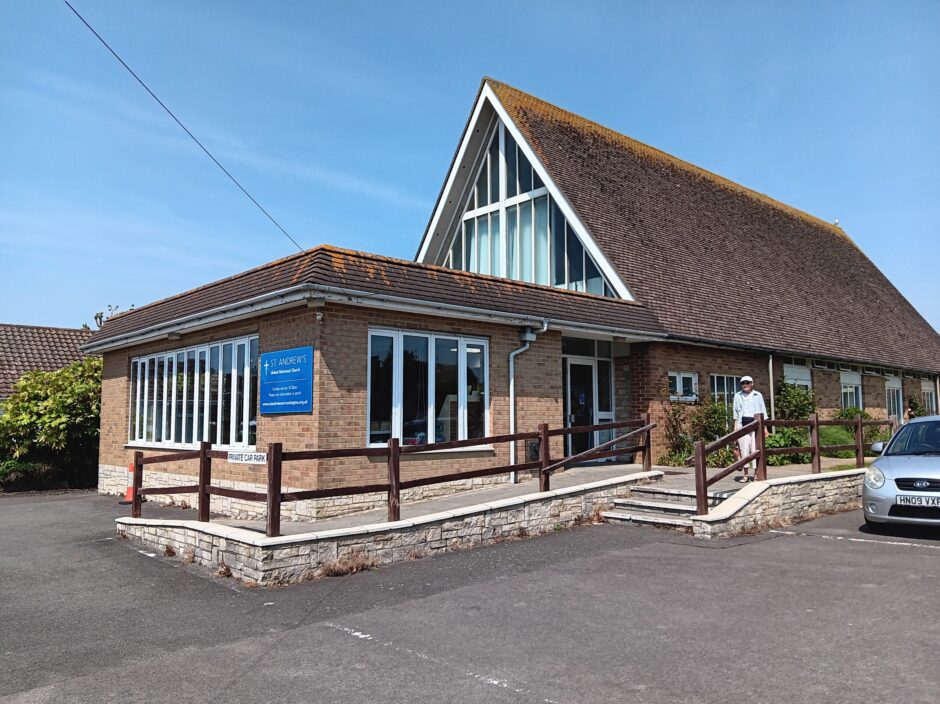The report into the conditions at Napier Barracks, a former army base where asylum seekers are now detained, makes appalling reading. The Government’s own inspectors set out how asylum seekers are still being forced into unsafe, unclean and unfit accommodation. It documents how that has led to distress and disease and shows how little has been done to improve this despite ample evidence of enormous problems.
What makes the report worse is that this grotesque
lack of care on the part of the Home Office is not surprising. If policy views
those fleeing from other nations to the UK as a threat to be deterred,
detained, and deported – then Napier Barracks and its disregard for people’s
wellbeing is a natural consequence.
If however you look at the people living in Napier
Barracks and see humans who deserve safety, dignity, and the chance to
demonstrate the merits of their claim to sanctuary in the UK – then this report
is shaming and angering in equal measure.
“There were fundamental failures of leadership and
planning by the Home Office”
The quote above offers an indication of the root cause
of the catalogue of failures outlined in the report. Home Office staff rarely
visited the sites, and left matters to inadequate private sector contractors.
The staff were mostly fine with the residents – they just lacked the skills,
training, management, and infrastructure to run the facilities decently. An
unanswered question is why this has been allowed to occur and continue despite
repeated reports of failings.
The document published on Monday 8th March by the Independent Chief Inspector of Borders and Immigration and Her Majesty’s Inspectorate of Prisons offers a “high-level overview” of their inspection, with a detailed full report to follow. It investigates two sites – Napier Barracks near Folkestone and Penally Camp near Tenby. The Penally site is clearly unpleasant and unsuitable but is fortunate to be compared with Napier Barracks, which appears to be extraordinary in the scale of its failings.
The report itself is composed of clear and simple
bullet points and I strongly recommend you read them. If you find the official
language difficult to engage with – just imagine it an inspector’s report of
somewhere your child or parent will be forced to live. I can only highlight a
few of the bullet points here.
197 people infected with Covid-19
These camps were setup during the Covid-19 pandemic. Residents
were housed in dormitories with beds placed close together separated only by short
partitions and curtains. Facilities for eating and washing were shared. Public health
authorities expressed the obvious concerns about Covid safety and made
recommendations.
In Napier an outbreak eventually affecting 197 people
occurred. Residents – correctly – believed they were not safe. Those who tried
to leave were prevented and at least one was forcibly returned by the Police.
Some chose to sleep outside at night in January in an attempt to protect
themselves.

Picture Credit Independent Chief Inspector of Borders & Immigration
The Home Secretary and the Home Office Permanent Secretary gave evidence to Parliament about this last month where they claimed that the Public Health recommendations were “followed to the letter” and “at every stage”. The inspectors report however states that the recomendations were NOT put in place before the sites opened. Moreover, the report states that in Napier Barracks as soon as one person was infected, a large-scale outbreak “was virtually inevitable”, as the public health recommendations around isolating cases and bubbling were unworkable.
In evidence to Parliament, the Home Secretary did not
mention any failings in the strategy of opening dormitory accommodation during
a pandemic nor any or weaknesses in their Covid safety regime. Instead she
discussed the infectious nature of the virus and suggested that rule-breaking
by the residents was to blame, saying “people do mingle… people were also not
following the rules”.
There has been no evidence that disobedient “mingling”
was a cause of viral spread. However given the nature of the accommodation it
is clear that any instruction not to “mingle” would be both ineffective at
preventing the spread of Covid-19 and impossible to obey. (The report includes pictures, so you can
judge for yourself).
Mental health
Every resident of Napier Barracks who was surveyed reported depression, with a third indicating suicidal thoughts. Those who were at high risk of self-harm were placed in an “isolation block” that was considered unfit for human habitation. The picture of the room/cell is horrific.
Residents had little information about what was happening to them. They did not know why they had been moved to the camp, nor did they know when they would leave. Although up until the Covid outbreak residents were allowed to leave the site, many did not wish to, as they faced intimidation by protesters and other members of the public who did not want the camps opened. This problem was exacerbated by the Home Office’s lack of collaboration with local people and service providers when the sites were set up.

It is not hard to see why mental health deteriorated.
Indeed, in February when an asylum seeker sought an injunction
to be moved from Napier Barracks, the presiding judge granting the injunction stated
that the case had painted a “powerful picture” of how “prolonged indefinite
accommodation at Napier Barracks has injuriously affected (the claimant’s)
mental health”.
Why put people in camps?
There is a narrative that the camps were necessary due
to Covid or an influx of new asylum seekers. However the report makes clear
that the people housed in these camps were moved there not from boats or arriving
planes, but from other accommodation in the UK.
There is also a claim that this accommodation was ‘good
enough for the army’ so it should be good enough for asylum seekers. For
example, the Home
Secretary Priti Patel said, “This site has previously accommodated our
brave soldiers and army personnel. It is an insult to say that it is not good
enough for these individuals.”
However, the barracks were never designed for long-term stays – they were for units on training and exercises – and they last housed “brave soldiers” 15 years ago. The inspectors were absolutely clear how unfit they were to house anyone today, describing the accommodation as “impoverished, run-down and unsuitable for long-term accommodation”.
Asylum seekers “not analogous” to UK citizens
The Home Office has yet to publish its Equality Impact
Assessment for using these sites, despite being requested to do so by the Home
Affairs Select Committee. Leaked copies indicate that the Home
Office argues that asylum seekers are “not analogous” to UK residents in need
of housing. Therefore, asylum seekers cannot be seen to be treated as well as UK
residents or it will “undermine public confidence in the asylum system”. In a
country with more than 1.7 million UK born citizens experiencing destitution
each year, being seen to treat people worse than that is a low bar to slither
under.
Who is my neighbour?
I believe asylum seekers are analogous to UK citizens.
I read the inspectors report, the newspaper
reports eager to blame asylum seekers for the camp’s problems,
and the evidence given to Parliament, and I see close analogies with UK
citizens who need help from the benefits system.
In both cases, a story is being told about them by
others who do not have their best interests at heart. The story is ‘Asylum
seekers aren’t fleeing persecution, they are out to cheat the system’; ‘Benefits
claimants aren’t in need, they are lazy and playing the system’.
Both groups can be treated appallingly – while many parts of society look on with approval. For both groups the descriptor “genuine” is used partly to admit that the cheat story isn’t always the case, but mainly to ensure we are reminded that they are from a group that is not to be trusted. Both groups lack power and money and are easy scapegoats for wider problems in our society.
Both groups are made up of people struggling against circumstances that those who distort their story can barely imagine. Both groups consist of people who are made in the image of God, who deserve the dignity, respect and truthfulness that implies. Any Church true to the life of Jesus Christ has no choice but to stand alongside both groups.
Further Resources
Destitution, Discrimination and Distrust; the web of the hostile environment – Churches report examining the UK’s hostile environment immigration policy and its human consequences.
<!–
–>
Source
